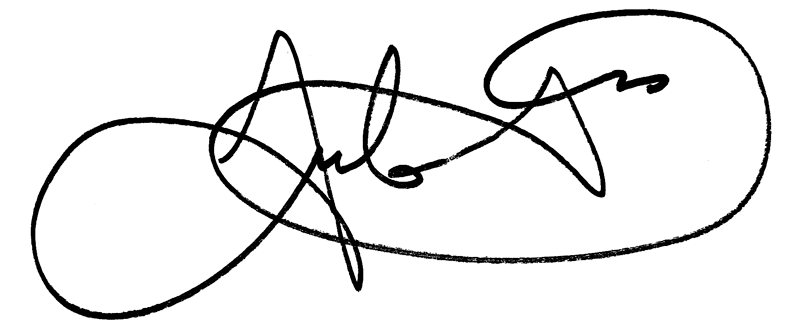Observation Committee CharterA. Purpose of the Observation CommitteePrimary FunctionThe primary function of the Observation Committee (“OC”) of the American College of Physician Advisors is to educate physician advisors, medical directors, administrators, and others that will be implementing or are already using observation services. This committee will focus on helping organizations to successfully provide safe, high quality, efficient, and effective observation care. Definition of “Observation”“Observation care is a well-defined set of specific, clinically appropriate services, which include ongoing short-term treatment, assessment, and reassessment, that are furnished while a decision is being made regarding whether patients will require further treatment as a hospital inpatient or if they are able to be discharged from the hospital.” Internet Only Manual (IOM) 100-4; Chapter 4, Section 290. The Centers for Medicare and Medicaid Services (CMS) also states, “In only rare and exceptional cases to reasonable and necessary outpatient observation services spend more than 48 hours. In the majority of cases, the decision whether to discharge a patient from the hospital following resolution of the reason for the observation care or to admit the patient as an inpatient can be made in less than 48 hours, usually in less than 24 hours.” In 2013, CMS put forth the “Two-Midnight Rule.” (7) (8) (9) (10) CMS officials felt the rule was necessary, as it was concerning to them that the percentage of patients being treated with observation care for more than 48 hours (i.e., three or four days) was significant and might indicate a misuse or misunderstanding of how observation care should be applied according to CMS. Illustrating the point that observation care revolves around payment issues, the Two-Midnight Rule states, in summary, that if two or more midnights of hospital-based care (i.e., care needed within a hospital) can be justified clinically, then a Part A (inpatient, higher reimbursement to the hospital) bill can be submitted for this care. Conversely, if such care across two midnights cannot be clinically justified, is not documented sufficiently, or if care is provided for less than two midnights, a Part B (outpatient, lower reimbursement) bill should be submitted. The Observation Committee will provide guidance to navigate this complex web, addressing compliance and financial impact on institutions, clinician and patients by focusing on the following aspects:
The Observation Committee shall report to the American College of Physician Advisors’ Board of Directors. B. Observation Committee MembersMembershipIn addition to the OC sponsor (ACPA President) serving as ex-officio member, the OC will consist of the following stakeholder leadership:
Committee members will be identified by the committee Chair to direct specific projects as needed. Committee members may be appointed or relieved at the discretion of the committee Chair or either Co-Chair. Role as a Committee MemberIt is intended that the OC leverage the experiences, expertise, and insight of key individuals in the organization committed to building professionalism into ACPA’s Observation Committee. Committee members may take direct responsibility for managing project activities, or may also be asked to provide support and guidance for those who do. Each OC member is expected to:
To meet these expectations, OC members will:
C. Meeting Cadence, Process, and ObjectivesMeeting Schedule and ProcessThe OC shall meet monthly or as required to keep track of current issues or projects. The committee will also provide ongoing nationwide support to ACPA members. The OC Chair, or designee, will call the committee to order and facilitate the committee meeting. The OC will follow modified Roberts Rules of Order, or as determined by the Chair, in the conduct of the meetings, motions, discussions and voting. Meeting AgendaFollowing is a sample agenda for OC meetings. At each meeting, project managers will review and report on project status.
Approved By:  Anuja Mohla, DO Bartho Caponi, MD  Amit Wadhwa, MD  Juliet B. Ugarte Hopkins, MD, CHCQM-PHYADV |

